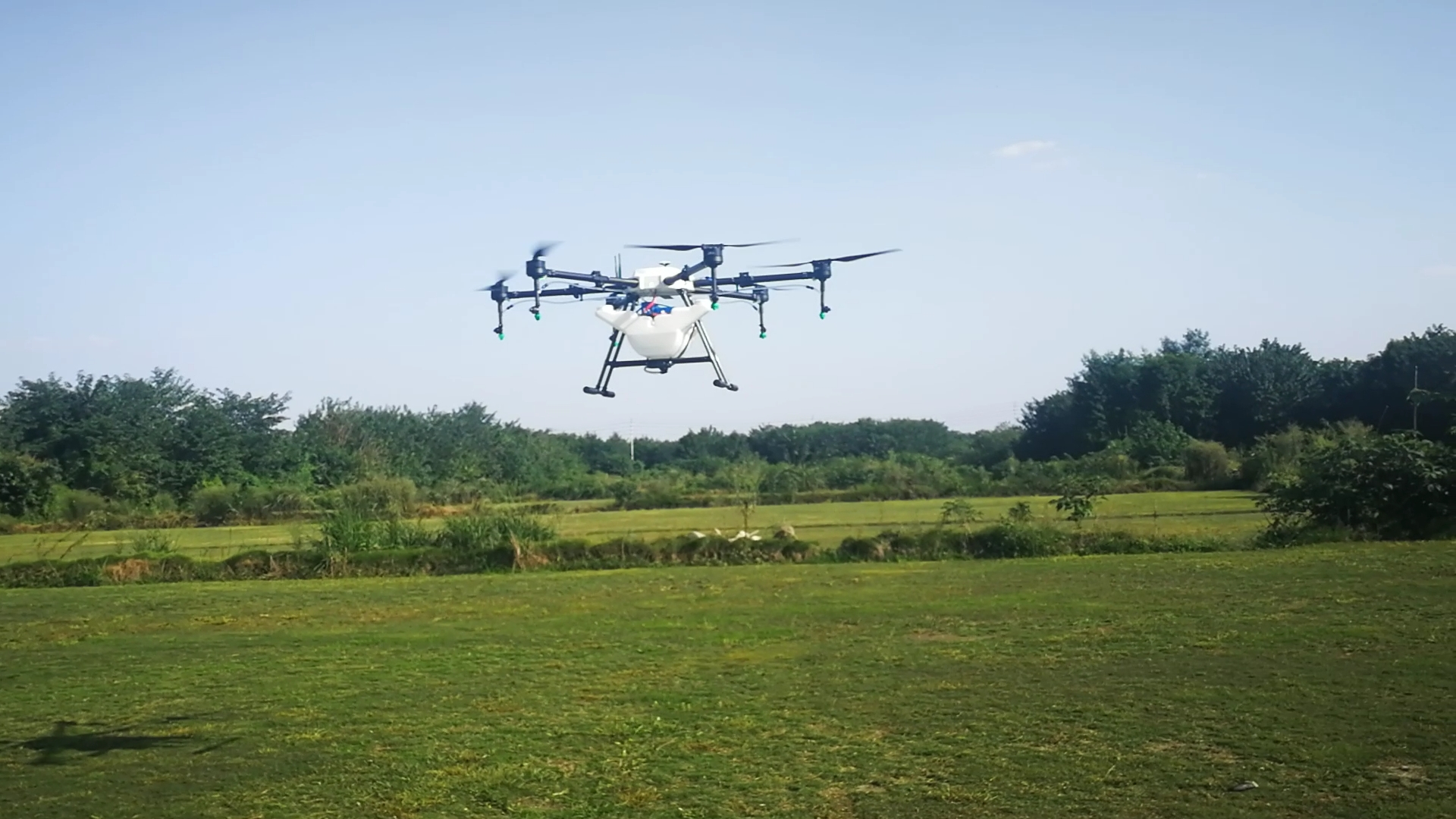Practical applications of drones on the farm
As the technology has evolved, costs have come down and the accessibility and utility of drones outside of the crop sector has improved. While drones cannot and should not replace in-the-field work and observation, they have a lot of potential for applications on the ranch in a variety of areas.
Here is a list of four ways that a drone could enhance your management practices and allow you to plan for expansion, improvements or investments in your ranch enterprise.
1. Collect more data with much less labor
Doyle writes, “Using a drone as part of a rangeland monitoring program will open up a new perspective that is not visible from the ground level. Many consumer drones can be used to take photo points, repeated pictures from the same location that visually track changes over time.”
Additionally, some flight software allows the user to send the drone on a preprogrammed path, which could be used to create photo transects of a larger area, he says. “While detailed ground-level data is still very important, a drone opens up the possibility of collecting more data with much less labor.
“One limitation of ground-level data is that it is just that – ground level. A drone can offer a perspective from 10 feet, 50 feet, 100 feet, or more, providing useful insights into different trends than can be seen from the <6-foot view when only conducting monitoring on foot.”
2. Aerial maps can improve land management practices
A drone can be used to create a more up-to-date, high resolution map of a ranch using a combination of flight planning software and photogrammetry software that combines many overlapping photos into one geo-referenced map. These maps may take several flights depending on the area covered, the type of drone used and the resolution desired.
3. Monitor livestock, fences and water sources
Drones for checking cattle-An overhead view can greatly simplify head counts on cows and calves, for instance, over trying to count multiple classes of livestock as they are milling around in the pasture,” says Doyle. “Some drones can be outfitted with near-infrared cameras that detect heat, which can be used to locate strays or find animals in heavy cover or rough terrain.
“A preprogrammed flight path could be used to check remote water sources or fencelines, potentially saving hours of labor and wear and tear on a pickup. Drones can be used to check calving pastures, potentially with less disturbance to the livestock.”
4. Collect data on individual animals
Doyle says, “New technologies are being developed that allow producers to monitor individual animals with a drone. A RFID reader can log unique tag numbers and alert the user if a particular animal was not detected. Some types of tags can even monitor temperature and behavior parameters to help identify health issues with an animal. Of course, this technology should only be used to supplement, not replace, old-fashioned observation and sound animal husbandry.”
This is just the tip of the iceberg in the ways drones could simplify our lives. The challenge is selecting a drone that is cost effective, easy to use and effective in the management tools you are hoping to implement.
By Amanda Radke
6 rotors plant protection UAV 16KGS agriculture sprayer
Intelligent Agriculture is the trend of all over the world. And the intelligent drone act as a important role in this world plan.
Agriculture spraying drone can replace the traditional pesticide sprayer and it's speed is 40times of the traditional sprayer. It will save 90% water and 30%-40% pesticide. Small droplet diameter make the pesticide more well-distribute and improve the effect. At the same time, it will make the people faraway from the pesticide and reduce the pesticide remain of the crop.

